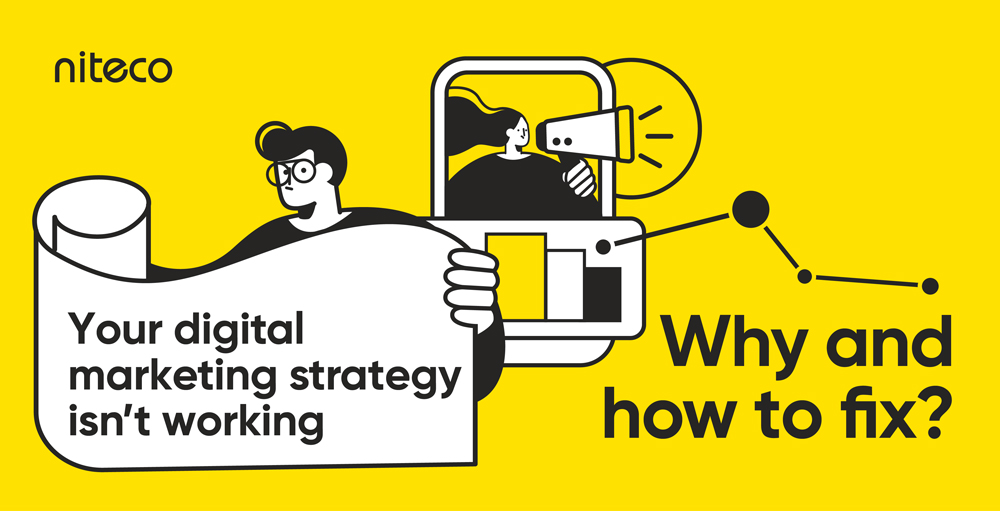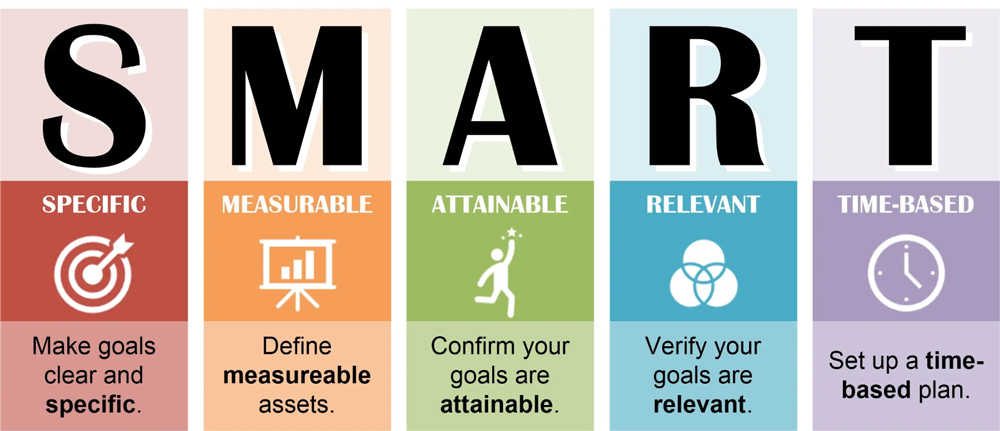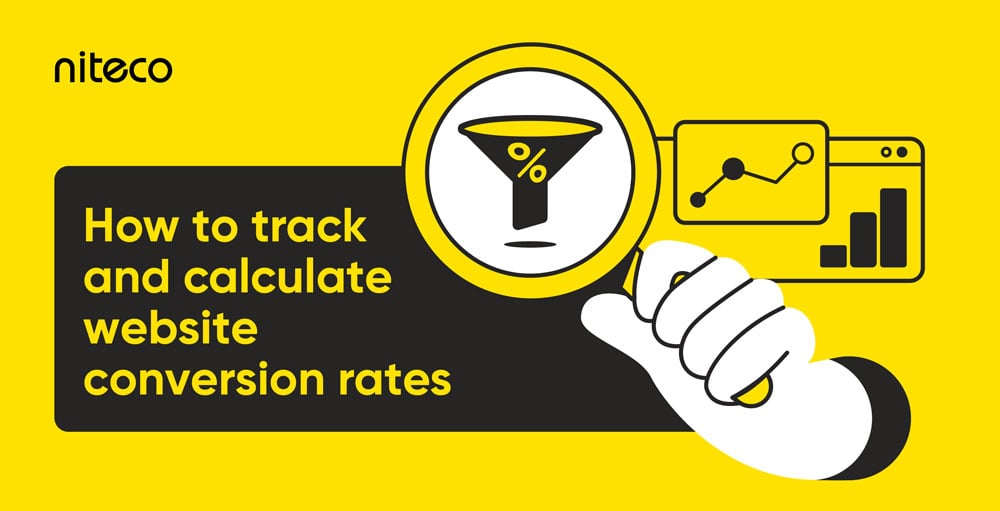Ever poured time, money, and effort into your digital marketing, only to find it's just... not converting? You're definitely not alone. It's an incredibly common headache for businesses. So, why isn't all that hard work paying off? Read this article to discover frustrating reasons why digital marketing fails, and more importantly, show you exactly how to turn things around and get those campaigns firing on all cylinders.

4 alarming signs show your digital marketing is not working
Before diving into the root causes, it's important to recognize the symptoms that something is off with your digital marketing strategy. These aren’t just small hiccups - they’re critical performance signals that show your efforts aren’t translating into results.
Few traffic driven to your site
If your website analytics show flatlined or declining visitor numbers, your digital visibility suffers. Whether it's poor SEO performance, ineffective paid ads, or weak referral traffic - no visitors mean no opportunities.
In digital marketing, if no one’s landing on your website, you’re essentially invisible. This is one of the most obvious signs that your digital marketing is not working.
Low engagement across touchpoints
Another sign your digital marketing is not working is touchpoints are not receiving the engagement they deserve. Your social posts are out. Ads are live. Emails are being sent. But the audience? Silent. No clicks, no shares, no replies. Low engagement means your content isn’t connecting with the people it's meant for. This shows that your messaging might be off-mark, or your platform strategy is failing to reach users where they actually pay attention.
Low conversion rates
Another alarming sign - and every digital marketer’s nightmare - is a low conversion rate. For branded websites, this might mean few leads despite decent traffic. For Commerce, a low number of purchases are relative to visitors. Somewhere along the funnel, your conversion path is leaking - people drop off between awareness and action.
Low conversion rates suggest that users aren’t convinced, don’t see enough value, or lack motivation to take the next step. It’s a clear signal that your digital marketing strategy needs a serious rethink.
Poor return on investment (ROI)
The most important metric of digital marketing is the return on investment (ROI). If you’re spending big on campaigns, but the return is minimal - or worse, negative - that’s not just disappointing, it’s unsustainable. Poor ROI means your digital marketing spend isn't delivering enough value to justify the cost. It is also a bottom-line sign that your strategy needs urgent review.
Why digital marketing fails and how to fix
Noticed the signs that your marketing is off track? Let’s get to the root of the problem - and more importantly, what you can do to fix it.
Lack of clear, measurable goals
One of the biggest reasons why digital marketing fails is because businesses launch campaigns without specific, measurable objectives. Goals like “increase brand awareness” or “get more customers” are too vague to guide strategy or measure success.
How to fix it:
Set SMART goals - specific, measurable, attainable, relevant, and time-based. Instead of saying “increase traffic,” aim for “grow organic website traffic by 25% in the next quarter. This gives your team direction, accountability, and a way to track progress.

Poor understanding and targeting of audience
A common reason why digital marketing fails is poor audience targeting - either aiming at the wrong group or casting the net too wide. Without a clear picture of who your target audience is and, more specifically, who your Ideal Customer Profile (ICP) is, your messaging will miss the mark.
How to fix it:
Start by defining your target audience - the broader group of people who might benefit from your product or service. Then, narrow it down to your ICP: the specific type of customer who gets the most value from what you offer and is most likely to buy. This includes their industry, company size (for B2B), behavior, goals, and pain points.
There are countless tools available today to help you gather real user data and understand your audience better. Platforms like HubSpot (CRM), Google Analytics 4 (web analytics of demographics), and Dealfront (go-to-market intelligence) enable you to build accurate personas and audience segments. Use these insights to tailor your campaigns - ads, content, and messaging - so they resonate with the people who actually matter.
Ignoring data analytics
Poor key metrics tracking and analyzing makes you essentially fly blind - missing crucial insights into what’s working and what’s not. This lack of visibility makes it impossible to optimize your digital campaigns or allocate resources effectively.
Data-driven decision-making is essential for refining your marketing efforts. By understanding user behavior, engagement patterns, and conversion funnels, you can pinpoint bottlenecks and opportunities for improvement.
How to fix it:
Leverage cutting-edge analytics platforms like Google Analytics 4, Hotjar... help you gather richer data, make more informed decisions, and ultimately boost your marketing performance.
Data holds the key to higher conversions. Check out our CRO services and start optimizing smarter today.
Neglecting website experience design
Next, another “why” is neglecting the user experience on your website. Even if you drive significant traffic through SEO, ads, or social media, a website that has an unfriendly experience can quickly turn visitors away before they take any action. Factors like slow load times, confusing navigation, cluttered layouts, and non-responsive design all contribute to a frustrating experience.
Moreover, neglecting mobile optimization is a critical mistake as well. Did you know that by the fourth quarter of 2024, smartphones accounted for approximately 78% of global retail website traffic and were responsible for 68% of online purchase orders (Statista)? If your site isn’t fully functional and visually appealing on smartphones and tablets, you’re losing a huge portion of potential customers.
How to fix it:
Have a data-driven web design approach, with experts. Invest in a responsive, user-friendly design that prioritizes speed, clarity, and accessibility. Also, you should conduct regular UX audits and usability testing to identify pain points while using tools like Google PageSpeed Insights or Lighthouse to optimize performance.
Low content quality
Data is said to be the new king, but Content has always been the king since “forever.” Your audience is looking for answers, value, or inspiration, and if your content doesn’t deliver, chances are they’ll bounce without a second thought.
How to fix it:
Step into your audience’s shoes. What are they looking for? What questions do they have? Create content that answers those questions, delivers value, and puts their needs at the center.
Failure to integrate channels
Now let’s talk about the unified user experience that has things to do with marketing touchpoints. When your marketing channels don’t work together, your message might be inconsistent. One message goes out on email, another on social, and your website says something completely different. Instead of building trust, this inconsistency creates confusion - and confused customers rarely convert. Worse still, it drains your budget and team’s effort.
How to fix it:
Bring your channels together under one clear, cohesive strategy. Use digital experience platforms (DXP) like Optimizely, Contentful, Adobe... to achieve the omnichannel experience your always wish for. Other tools like HubSpot, Klaviyo, or ActiveCampaign also support your digital marketing strategies well, to coordinate email, social, and web messaging.
>>> If you’re not clear what to choose between DXP and CMS, we’ve got you covered. This article is written by our Solution Architect, promising you insider insights that you can’t find elsewhere.
Ineffective budget allocation
Marketing without a smart budget strategy is like driving without a map - you might stay busy, but you won’t get far. Overspending on underperforming channels or underinvesting in high-potential areas can quickly drain resources without delivering meaningful results. It’s not just about how much you spend - it’s about where and why you spend it. When budget decisions aren’t tied to strategy or audience behavior, ROI takes a hit.
How to fix it:
Start by aligning your budget with clear business objectives - whether it’s brand awareness, lead generation, or sales. Next, really dive into understanding your audience: where do they spend their time online? Which channels genuinely deliver the best engagement and conversions for your specific offerings? Look at what drives your ROI, what doesn’t, and reallocate funds accordingly. Regular reviews and a flexible, goal-driven approach will help you get more value from every dollar spent.
Conclusion
Strong digital marketing doesn’t happen by accident - it takes awareness, smart fixes, and ongoing refinement. If you’re ready to uncover what’s holding your strategy back and start making every move count, our experts provide the clarity you need to move forward.



